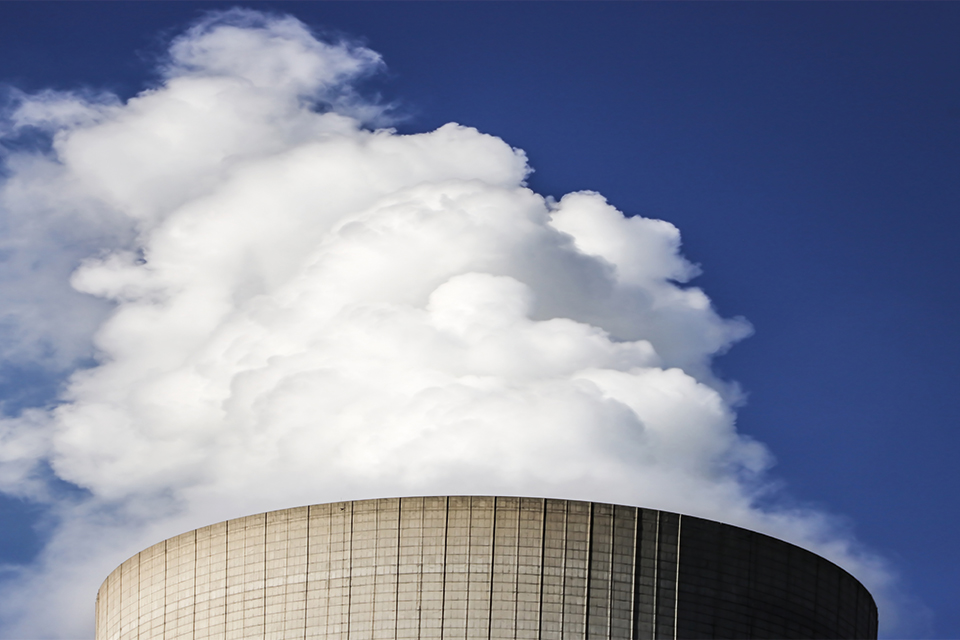2017-10-19
Who Needs Continuous Emissions Monitoring?

Continuous emissions monitoring (CEM) is about monitoring air pollutants generated by a specific activity and emitted to the ambient air, typically through a tall stack or other exhaust pipe. The “activity” can be some industrial process like a power plant or a waste incinerator, but it can also be on a much smaller scale such as a car equipped with an internal-combustion engine.
The need to monitor emissions has traditionally originated from national and local environmental authorities who wish to control and minimize the environmental impact of the industry and the transportation sector. The beneficiaries of that need is the general public who thereby can be protected against unhealthy air, thereby minimizing risks of developing e.g. respiratory diseases and even cancer. It can also protect the wildlife and agricultural industry. Indirectly, everyone has a need to monitor.
The authorities' needs are often translated to emission regulations and limits, and requirements on monitoring and reporting the emissions. In a few cases, there is actually no need to directly measure the emissions. By example, if you know the fuel consumption of a car and the content of the standardized fuel, you also know the emissions of CO2. However, in many other cases and for many other combustion products, you need to monitor the actual emission.
An industrial-scale continuous emissions monitoring system can be quite complex, utilizing several different types of sensors. First of all, the concentrations of the pollutants need to be monitored using one or more gas analysers. However, that just gives the concentration in “weight-per-volume”. You therefore also need a flow meter giving “volume-per time” in order to yield the actual emissions. The analysers and monitors typically also need temperature and pressure information, so such sensors must also be added to the system. The system then also has to be integrated with the general control system of the industry, since status signals, output power and other information is needed to correctly report the emissions.
Installing and operating a continuous emissions monitoring system can be costly and complicated, and CEM was initially mostly a burden from an industrial perspective. The legislation therefore had to be designed to make it even more costly not to monitor at all. However, a more environmental conscious public has in many cases driven the industry to be more and more open to CEM and to minimizing its environmental impact. There can also be pure production cost optimization aspects tied to monitoring, controlling and minimizing air pollutant emissions.
Nevertheless, installing and operating a CEM system should still be easy, with low operating costs, minimum maintenance, and maximum availability. Modern CEM systems meet such requirements. As a result, continuous emissions monitoring is nowadays mostly a win-win matter both for the general public, the authorities, and the industry itself.
